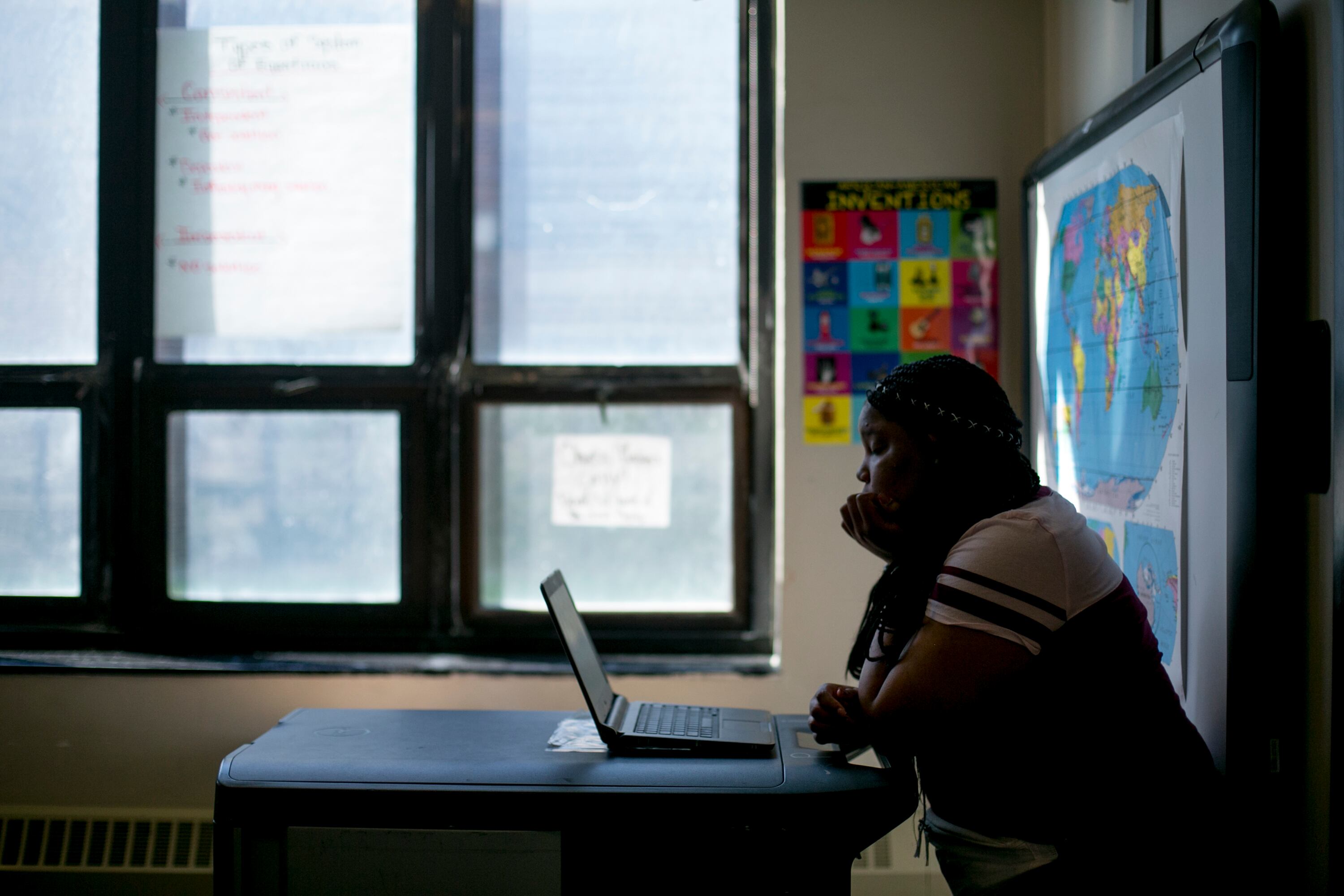If Michigan schools wind up facing the deepest budget cuts in a quarter century, the state will have two options: Cut the same amount from every district’s per-pupil funding, as it has done in the past, or shield the state’s most vulnerable students by cutting more from wealthier districts.
New projections from an advocacy group that supports protecting high-need students from cuts offers an early glimpse of what this would look like for specific districts.
The Bloomfield Hills district in suburban Detroit, one of the best-funded in the state, might see its per pupil allowance cut by 6.7% under a scenario that favors needier districts. Whittemore-Prescott Area Schools, a rural Northern Michigan district with a high proportion of students from low-income families, would see a 1.7% cut.
“If there is a need to do budget cuts, it’s critical to approach that in a more equitable manner than in the past,” said Mary Grech, a senior data and policy analyst at EdTrust Midwest, the nonprofit group that developed the budget cut scenarios.
Any cuts would be met with fierce protest from educators, who can point out that Michigan’s education funding growth was the slowest in the nation between 1994 and 2015. Top officials have spent the last month pleading for federal help to stave off shortfalls that are expected to top $2 billion for Michigan schools next year alone.
Other states have already begun to grapple with how best to make coronavirus-related education budget cuts. Ohio, for example, cut less from districts with high proportions of students from low-income families. By contrast, New York cut more from high-poverty districts.
Michigan Gov. Gretchen Whitmer has said that she favors the Ohio approach. She announced plans this week to send $65 million from the March federal coronavirus aid package to disadvantaged students using a formula similar to one proposed by EdTrust Midwest.
Still, targeted cuts wouldn’t be an easy political proposition in Michigan. Shira Good, a spokeswoman for the Bloomfield Hills district, said it would oppose cuts aimed at wealthy districts.
“It is unfair to unilaterally make any decision to reduce funding for higher funded districts,” Good said in a statement, adding that the district “supports additional funding for students with high needs, including those with disabilities, English language learners, and economically disadvantaged, all of which are part of the Bloomfields Hills Schools population.”
Decisions about the education budget will ultimately fall to state lawmakers, said Bob McCann, executive director of the Tri-County Alliance for Public Education, an advocacy group. He argued that state officials should be able to balance the budget without cutting school funding at all.
“It’s a question of priorities,” he said. “There’s no such thing as equitable cuts. Equity is about boosting the floor, not lowering the ceiling for anybody.”
Grech agreed that it would be best to avoid cuts entirely. EdTrust Midwest developed its budget cut recommendations as a last resort, she said.
The projections from EdTrust Midwest are based on a $470 per pupil cut. A 2011 cut of that size was the largest since the state’s current school funding system was created in 1994.
The advocacy group created several budget cut scenarios, each of which shifts a different amount of the funding loss to wealthier districts. In the scenario the group says is “most equitable,” schools where every student comes from a low-income family would see no budget cut at all.
In that case, the Detroit Public Schools Community District, where 86% of students come from low-income families, would see its state funding cut 1.6%, or roughly $6.7 million.
If the Legislature cut the same amount from all schools, the Detroit district would face a 5.8% cut, or a cut of $23.9 million.
Even in the “most equitable” scenario, in which wealthy Bloomfield Hills would lose four times more funding than the Detroit district, Bloomfield Hills would still receive more funding from the state overall — $11,531 per pupil to Detroit’s $8,009.








